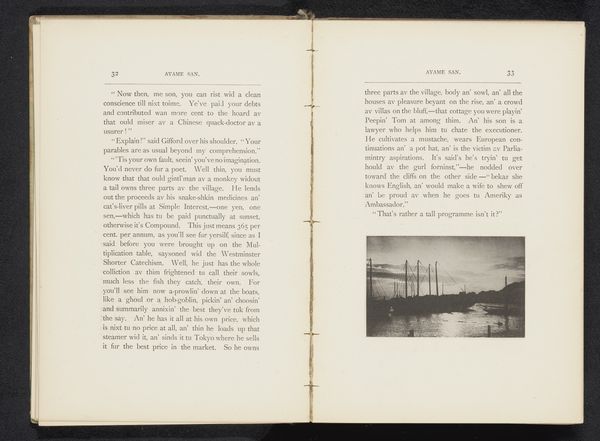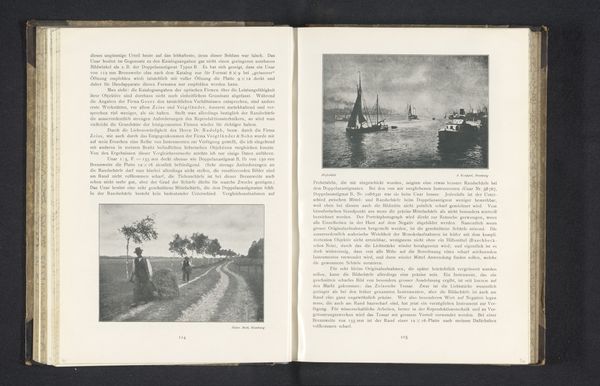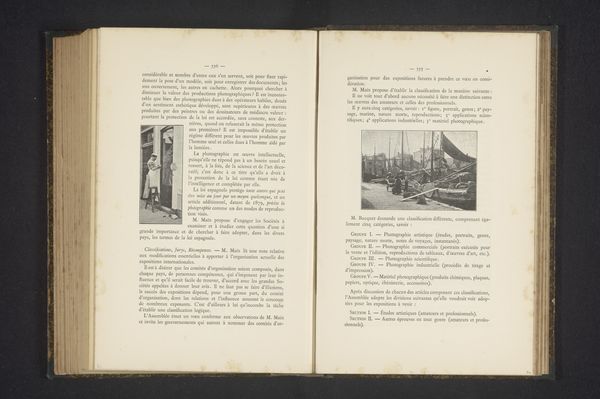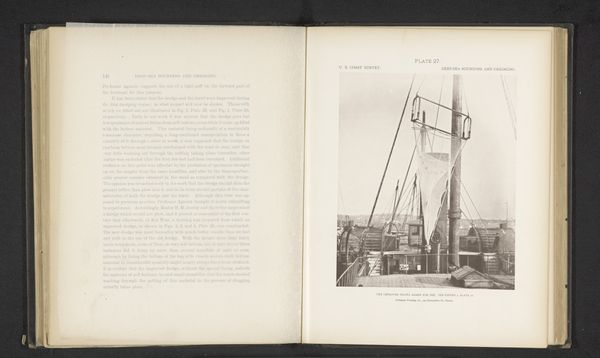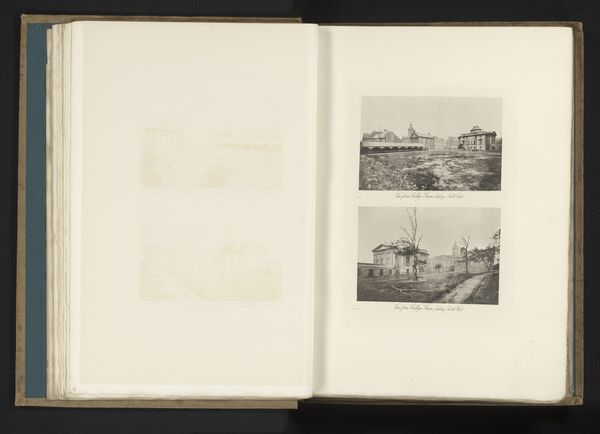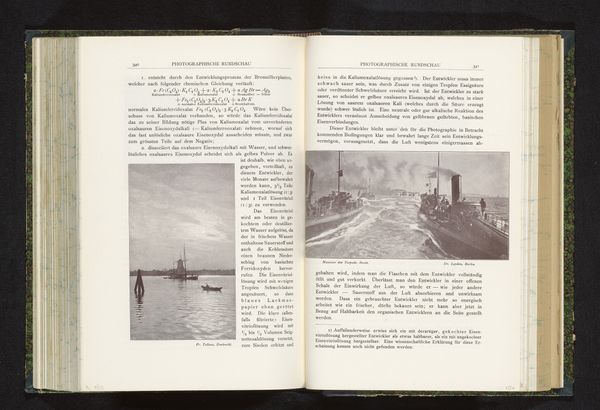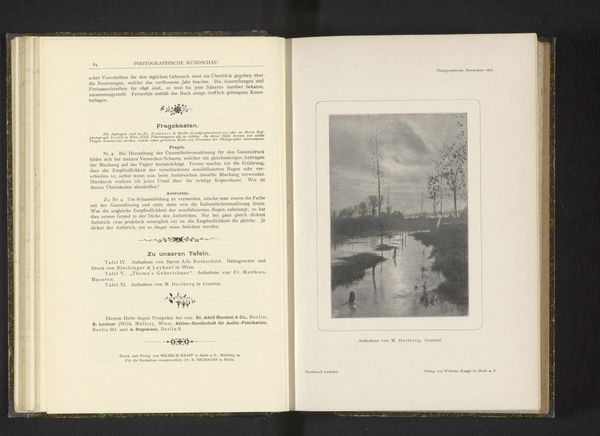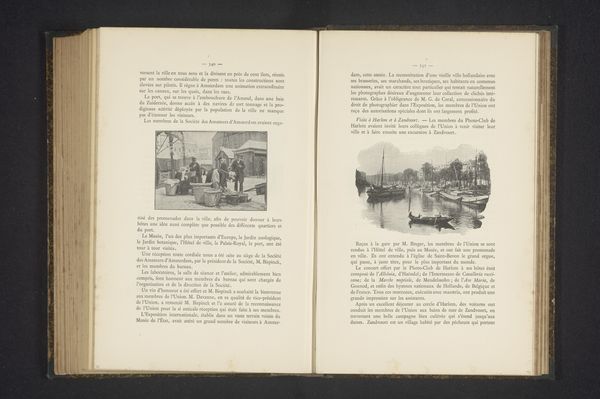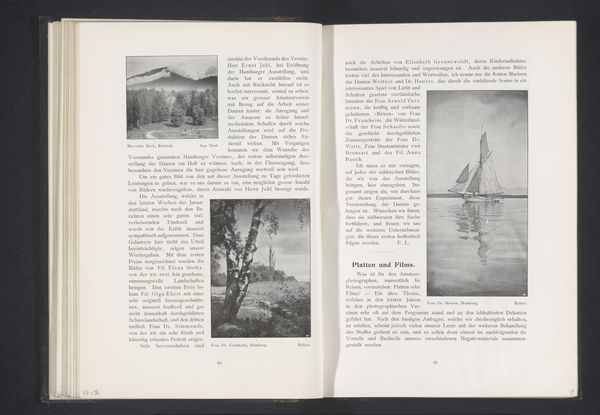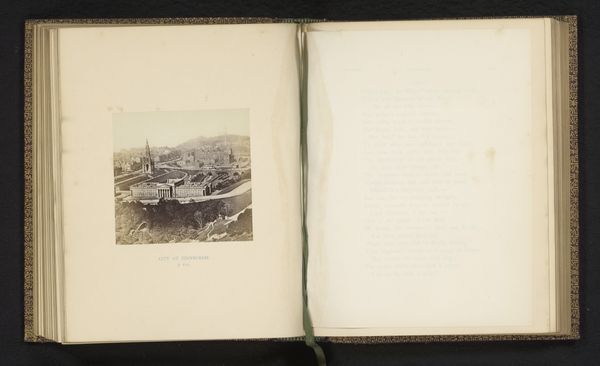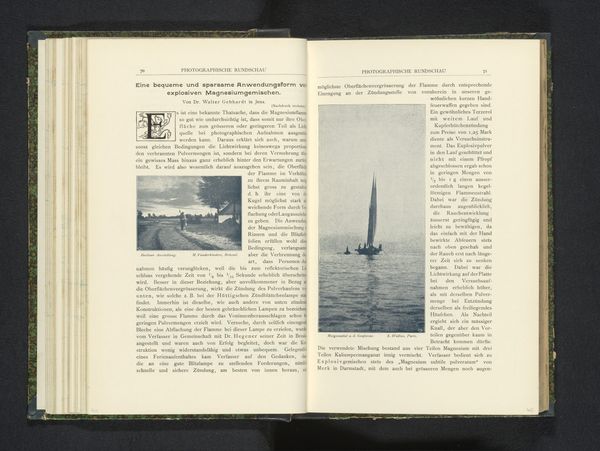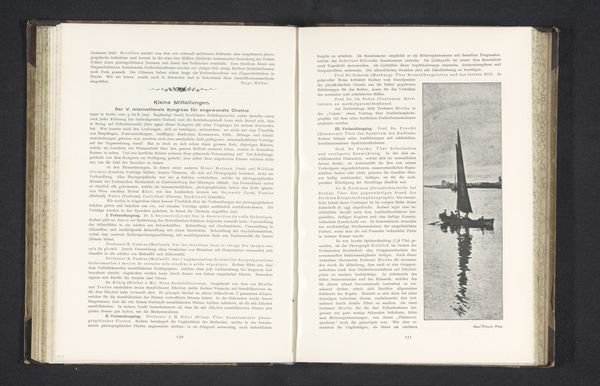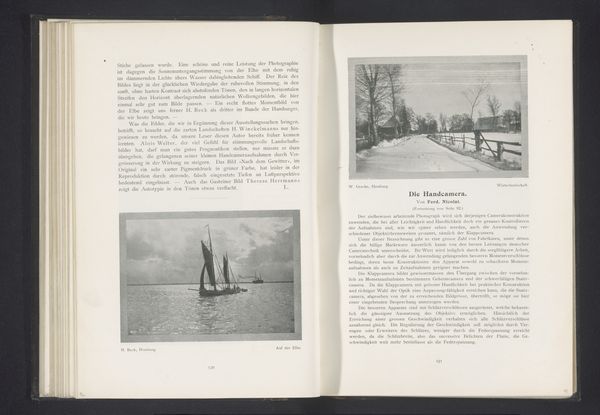
print, photography
#
pictorialism
# print
#
landscape
#
photography
#
cityscape
Dimensions: height 143 mm, width 120 mm
Copyright: Rijks Museum: Open Domain
Editor: This photograph, "Gezicht op Whitby" by F.C. Lambert, predates 1898. It appears to be a print, showcasing a harbor scene with sailboats. There’s something really beautiful in the soft tones and focus; it almost feels like a memory. What stands out to you when you look at this piece? Curator: The materiality of this photographic print and its social context are highly evocative. The Pictorialist style that’s referenced here involves significant intervention by the photographer in the darkroom—manual manipulation, choice of paper, toners—these are all decisions shaping the final “art” object. The production of photographs was entering a mass production and commercial phase, no longer solely for the upper class. This sort of imagery democratized artistic skill, because photography became somewhat affordable and available to the new bourgeois. Editor: So you're saying the rise of photography allowed more people to be involved with image creation? Curator: Exactly. Looking at "Gezicht op Whitby" it makes me consider who the *makers* and the *consumers* of such imagery were. Were they people within the social setting who commissioned the photograph? Were they aspiring amateur photographers learning and applying darkroom techniques for aesthetic control over the final piece? Furthermore, does this specific print come from a book, meant for mass distribution and consumption? What labor went into this printing process? The materiality suggests the labor of production and democratizing artistic skills. Editor: That’s really interesting! It never occurred to me to consider the print as an object of production and labor, but now it makes total sense. I suppose the image's artistic quality is less the point then, and more the printing, manufacturing, distribution, and consumption... Curator: The aesthetics absolutely play a role in communicating the social desires of that time period. But when considering its production, it offers interesting insights into the changing nature of labor and the accessibility of art creation. The artwork itself becomes almost a record of cultural forces. Editor: Thank you! I'm walking away seeing this in a totally new light.
Comments
No comments
Be the first to comment and join the conversation on the ultimate creative platform.
